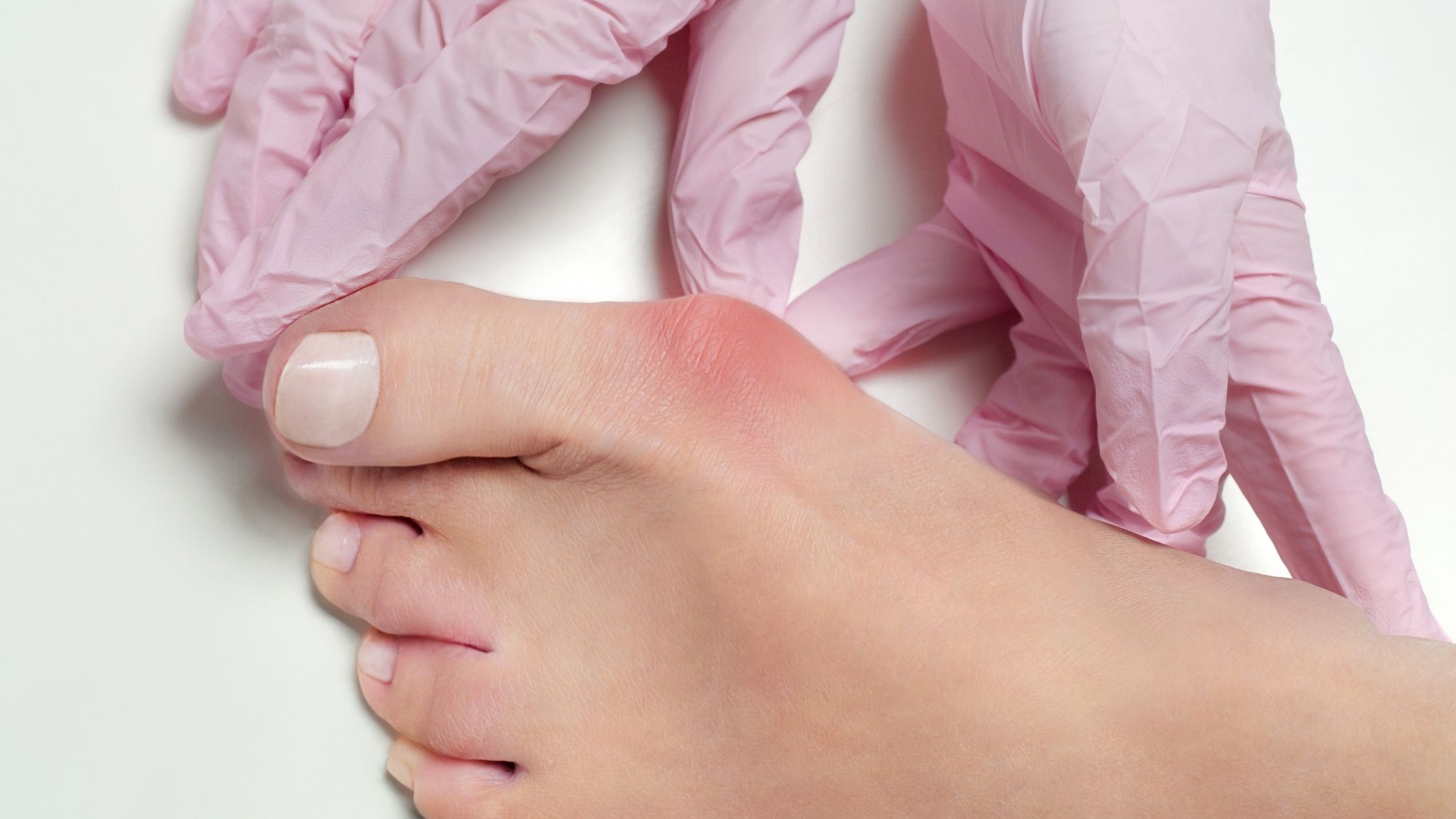
Chances are you have noticed a bump on the big toe of a person’s foot. Or you may notice it in your own big toe of your foot. Whatever the case is, it is a common issue known as a big toe bunion in medical terms.
Basically, a bunion is a bony bump that develops on the side of the foot. And the worst thing is it grows with time and becomes sticking out from the foot. If not treated on time, it could lead to swelling and severe pain in the foot.
At this moment, you might want to know what causes this medical condition. Moreover, your curiosity might want you to know about its symptoms and a suitable bunion treatment for it.
Here, in this post, I have deeply discussed the symptoms, causes, and treatments for bunions on the side of the foot. Besides, I will tell you home remedies that could help prevent this problem from becoming severe.
Causes for the Foot Bunion
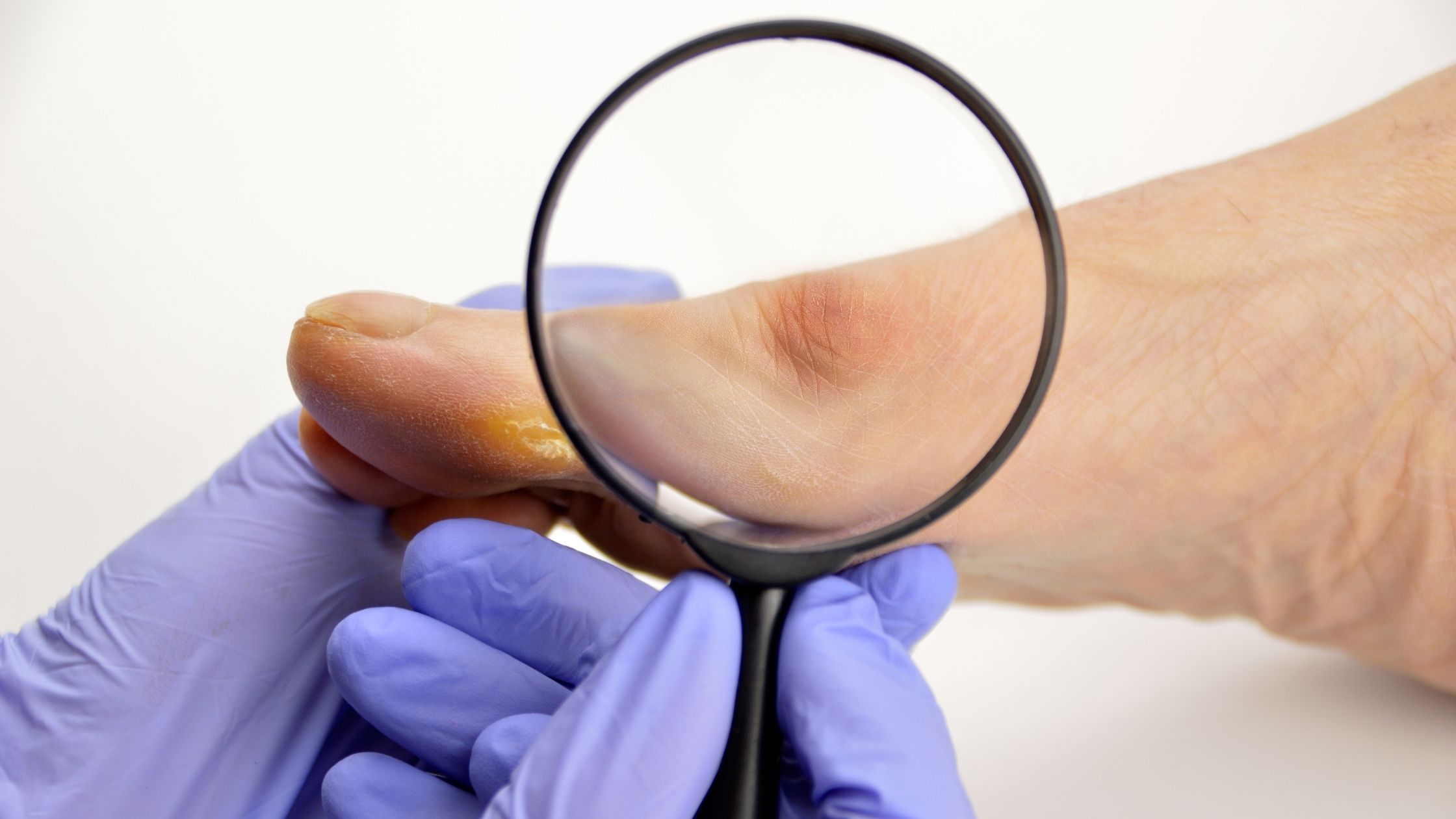
What are the factors that develop bunions on the foot? I have answered this question below in great detail. Here, you will know about different causes responsible for a foot bunion.
Unfortunately, medical experts don’t consider a fixed cause for a bunion on foot. Some say it occurs due to genetic foot deformation. Others state different causes for its development.
Here are the Possible Causes Responsible for a Bunion on the Foot:
- Genetic Foot Deformity – Inherited foot deformation is a major reason behind bunion development on your foot. It occurs due to some inherited problem with the foot anatomy.
- Choice of Wrong Shoes – Most people choose the wrong shoes as they select either small or tight shoes. As a result, foot deformity takes place due to high pressure or stress on the big toe. Hence, it contributes to the toe bunion on the foot.
- Inflammatory Conditions – Inflammatory conditions like rheumatoid arthritis can also result in the growth of a bony bump on the side of the foot.
- High Heels – A big toe bunion is quite common among adolescent girls. Some experts believe it occurs due to wearing high heels quite often. But many don’t consider it as the reason behind it.
Note: Bunionette is a common type of bunion that develops at the point where the little toe joins the foot. Since tailors develop a bunionette for sitting cross-legged for many hours, it’s called a “tailor’s bunion.”
Symptoms of a Big Toe Bunion
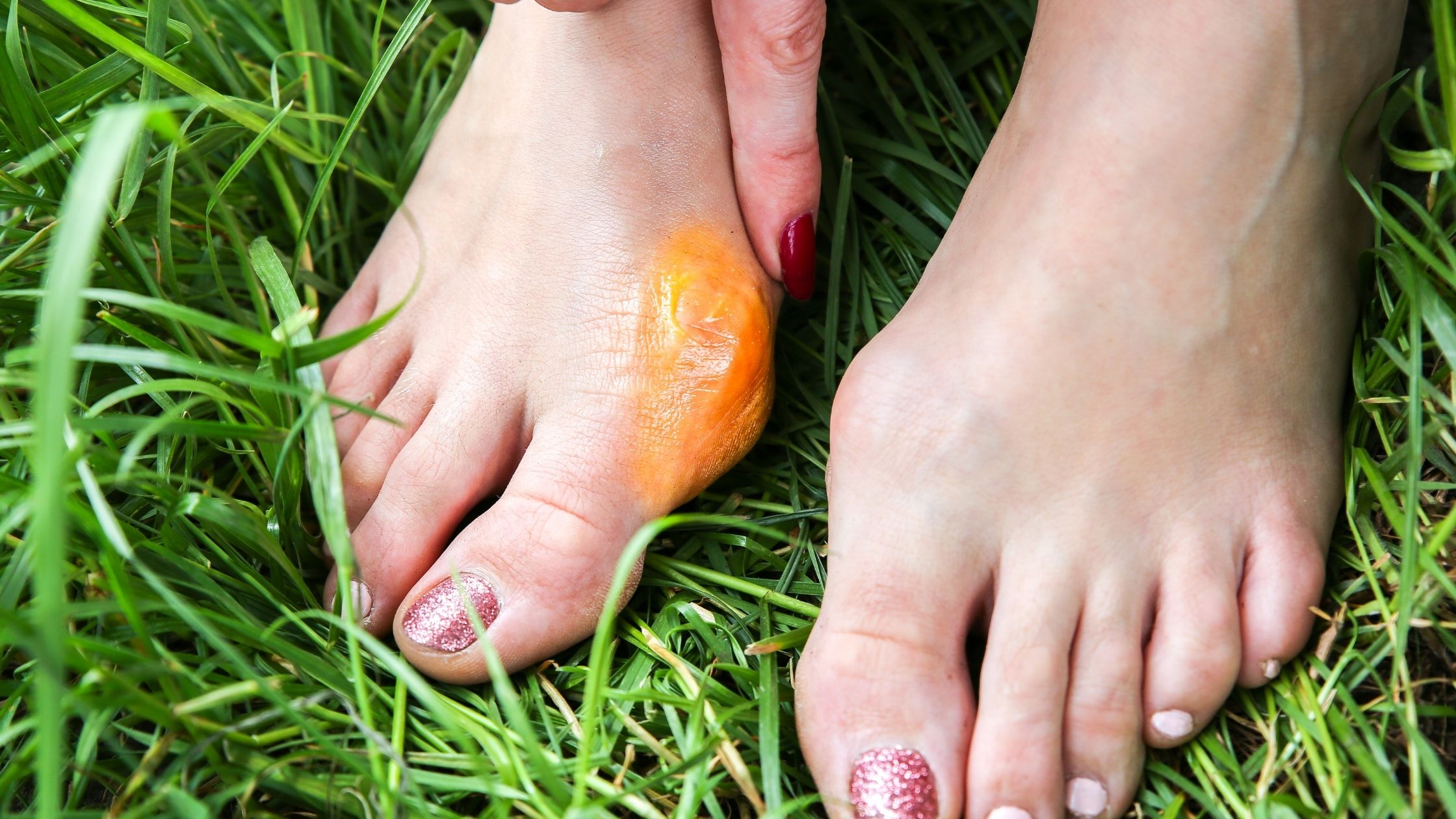
Identifying the foot bunion can help a person deal with this health issue effectively. Anyone with bunion foot pain should recognize the signs and symptoms of a bunion.
Signs and Symptoms of Bunion on the Side of the Foot:
- Formation of a Bump – In the case of a bunion, a bulging bump appears on the outer side of the big toe foot.
- Redness & Swelling – Experiencing swelling and redness around the big toe joint indicates a bunion condition.
- Development of Corns – Due to the first and second toes rubbing against each other, corns or calluses develop on the big toe.
- Continuous Foot Pain – A person with bunions experiences continuous pain on the big toe.
- Difficult or Limited Movement – The bulging bump causes limited or no movement of the big toe.
So, these are the bunion symptoms that one shouldn’t ignore. If they notice any of these symptoms, he should visit orthopedic surgeons to seek a piece of medical advice.
Besides, if the problem is not severe, then there are certain home remedies available that one should try. Opting for these remedial solutions can help eradicate bunion foot pain significantly. Thus, a person with a big toe bunion can easily move without experiencing pain.
Home Remedies to Treat Bunion the Side of the Foot
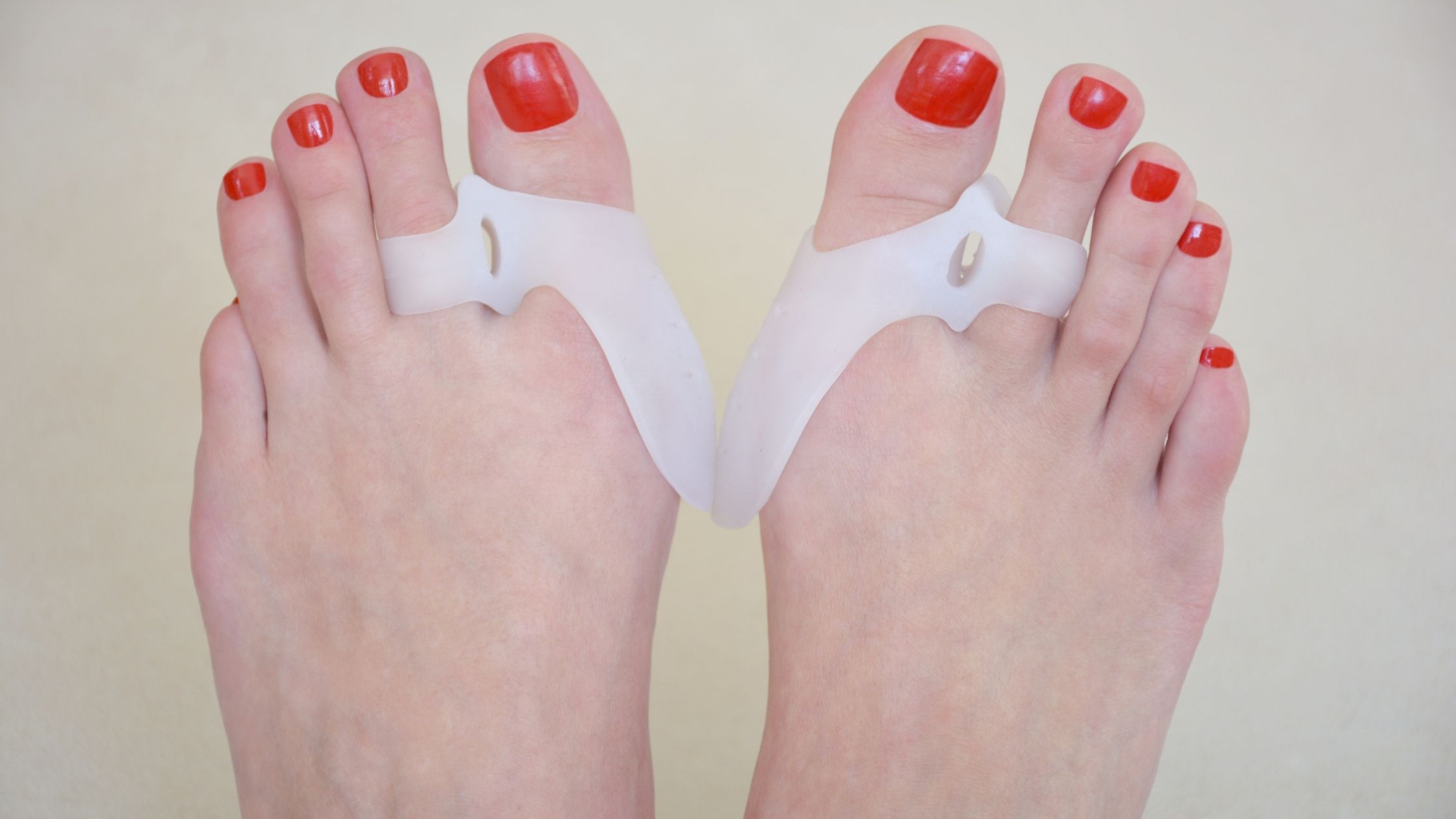
A person with a bunion might ask and quite reasonably so, “how to shrink bunions naturally?” You can treat a bunion on your foot by following some home remedies.
Natural Ways to Treat Big Toe Bunion:
- Wear the Right Shoes – Avoid wearing tight shoes with high heels. Instead, a person must choose a pair of shoes that don’t crowd toes and those with heels lower than 2 inches. Surely, this is a great way to avoid bunion foot pain and other foot disorders.
- Use Ice – Wrap crushed ice in a towel to put it on a bunion for a maximum of 20 mins. It will remove swelling and pain. In case of any nerve damage, don’t do it.
- Use Padding – Using a big toe straightener or pad is a great idea to treat a bunion. However, it is important to choose the right sized pad after consulting a doctor.
- Pain Killers – Trying painkillers such as acetaminophen or ibuprofen can also treat swelling and pain. One should try it to get temporary pain relief. If certain medical conditions develop bunions, then better consult orthopedic surgeons.
- Keep the Body Weight in Check – Maintaining a healthy body weight also plays a crucial role in preventing bunion pain. And it also removes swelling from the affected area.
- Consider Using a Splint at Night – A splint can help hold a toe right, so you can think of wearing a splint at night. Using this big toe straightener can help treat big toe bunions to a great extent.
- Shoe Inserts – After consulting a doctor, one can use shoe inserts to correct the foot’s position.
In case these home remedies don’t work, you should go for bunion surgery after consulting a professional podiatrist. Failure to treat this big toe bunion can result in many complex medical conditions related to the foot.
Complications Due to Foot Bunion
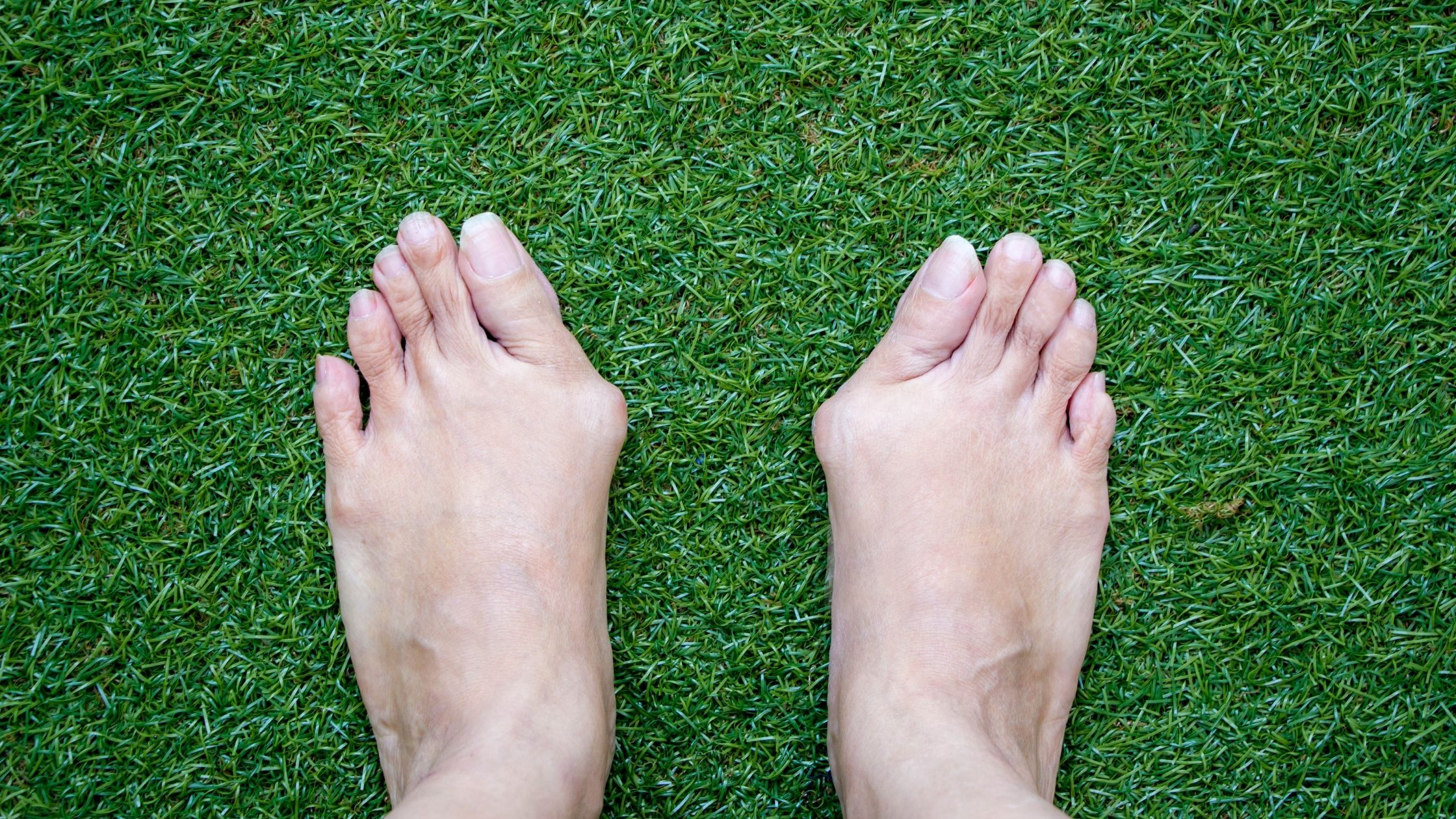
Failure to see a podiatrist or orthopedist (foot and ankle surgeons) on time can result in many bunion complications. Besides, it could lead to several foot problems that may deform a foot permanently. Here are the complications that a person might face due to foot bunion:
Bursitis
Swelling near the big toe joint leads to the enlargement of the joints due to which bursitis arises. In simple words, it is a medical condition that results in intense pain in a person’s foot.
And do you know why it occurs? Basically, it results because of the inflammation of the small fluid pads that cushion the bones near the joints.
Metatarsalgia
If a person suffers from a big toe bunion then he shouldn’t wear tight shoes. But, in case, he wears tight shoes then he could develop a medical condition called Metatarsalgia. It sprouts due to the swelling of the foot.
Apart from wearing too-tight & narrow shows, jumping a lot can also increase its growth. So what’s the way to get rid of Metatarsalgia? The possible solution is to avoid wearing narrow shoes and wear shoes with insoles or arch support.
Hammertoe
Another complication due to foot bunion is hammertoe. Displacement of muscles and tendons from their position leads to hammertoe. Bunions on feet lead to a bend in the middle joint of the second, third, or fourth toe. A major way to prevent it is by choosing the right-sized shoes.
Right Time to See a Podiatrist
When should a person with a bunion see a podiatrist? The simple answer to this question is – when he fails to get relief upon following home remedies. Moreover, a person with bunions on the side of the foot should visit a podiatrist if he notices the following symptoms.
- Persistent pain in the foot.
- Failure to find the right foot size despite trying hard.
- Difficulty walking due to a decline in flexibility in the big toe.
- Incessant growth of a bump around at the joint of the big toe.
Treatment For Bunions on the Big Toe
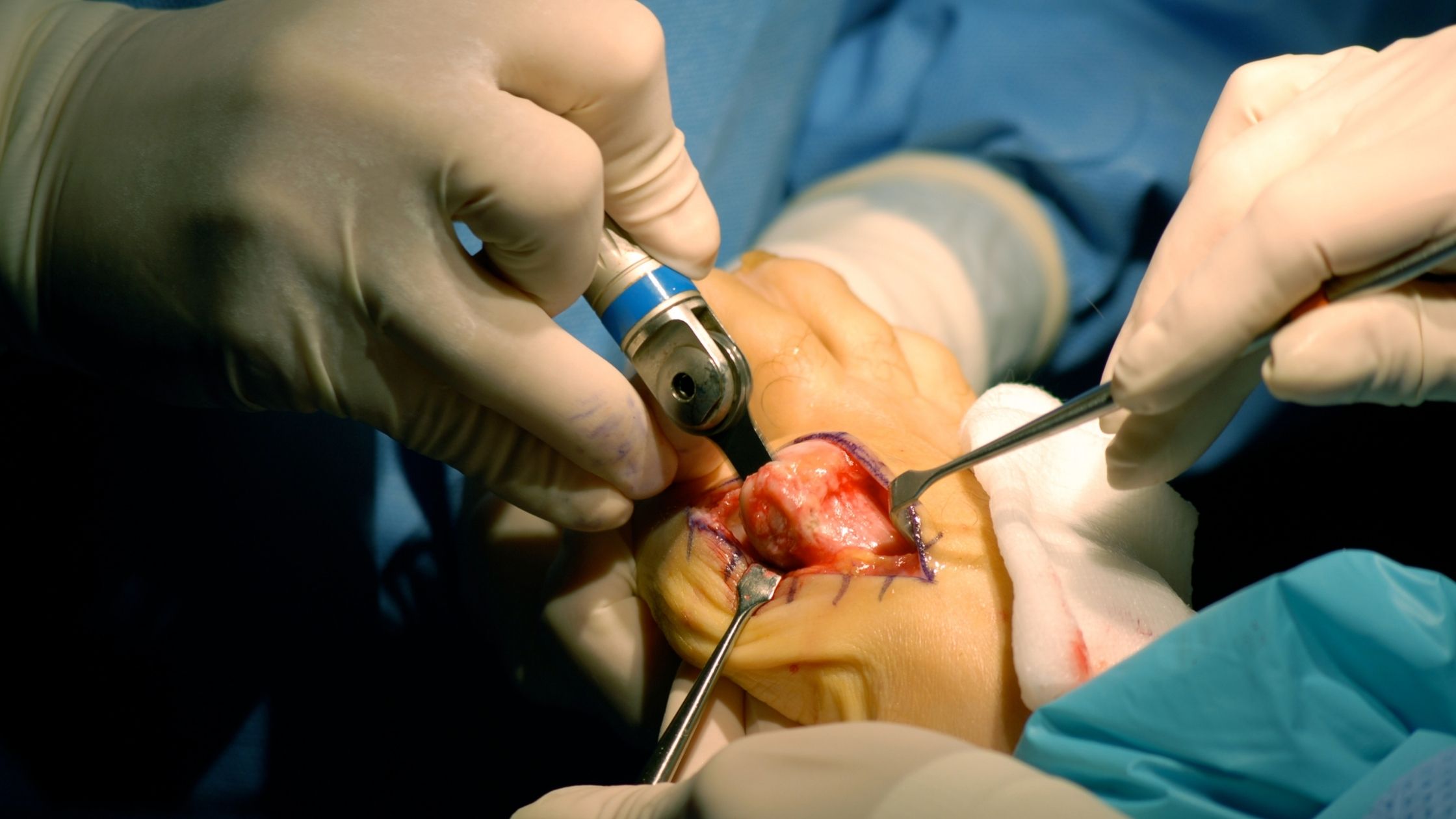
The only solution to prevent the growth of a big toe bunion is to go for a surgical treatment. But, more importantly, a person should go for bunion surgery only after consulting a professional podiatrist or orthopedic surgeon.
Experienced podiatrists can tell on seeing whether going for bunion surgery is the right path or not. Moreover, they carry out an X-Ray of a foot with a bunion and even ask for a blood test to conclude.
Mostly, adolescence is the best time to choose the path of surgery. It is because the foot grows during this period. And do you know what treatment can cure bunions? The one-word answer is Bunionectomy.
It is the best treatment for bunions on the big toe and it gives permanent relief to a patient. Under Bunionectomy, surgeons remove the swollen tissue from the affected area.
Post this surgical treatment, a patient needs a rest of about 8 weeks for proper recovery. After proper rest, he can walk pain-free and live his normal lifestyle like others.
Final Words on Big Toe Bunion Symptoms, Causes, and Treatment
For those who suffer from foot bunion pain, the first step is to make some changes and follow some home remedies. Then, in case of no positive results, they should consult orthopedic surgeons and get proper treatment.
Following surgical treatment, a person can walk normally and live his life as per his desires. Conclusively, bunion on the foot is a curable medical condition if a person takes proper medical help.




